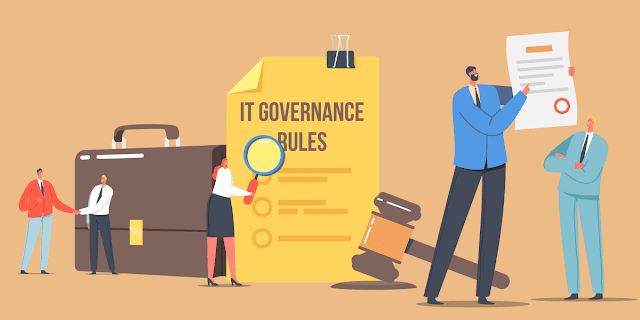In our work designing IT operating models, we are regularly challenged by IT leaders to improve their IT governance model. Frequently, when doing this, we find governance models which are characterized by:
◉ A lack of delegation, resulting in bottlenecks
◉ Review cycles which frequently take weeks to arrive at a decision
◉ Lots of unnecessary meetings
◉ Regular meetings that frequently last two hours or more
◉ A lack of clarity as to who is accountable for approval sign-off
◉ Too many stakeholders involved in decision making
◉ A lack of reliable management information
◉ A lack of effective workflow/automation
So how do organizations manage to get it so wrong? To help, I’ve written this article and if you follow the five simple rules described below you’ll help to prevent your organization from getting caught out by the common pitfalls bulleted above.
1 – Only have meetings if they are necessary, preferably by exception
It sounds like a no-brainer, but we’re constantly surprised by the human race’s innate desire to want to attend a meeting, even though we dislike long, unproductive meetings so much! A meeting should be seen as a last resort, where issues and exceptions are discussed, and a collaborative approach to finding a solution is required. Commonly, we come across change advisory boards (CABs) that exceed two hours, and they’re run every week! Think how much lost time that represents over the course of a year!
2 – Only involve the stakeholders you need (in the meetings that are necessary)
If your meeting room doesn’t have enough chairs in it, you probably have too many attendees! The same is true if your Zoom or Microsoft Teams screen is overly full of remote-attendee faces. Or even the hybrid version that combines both local and remote attendees.
Whatever you do, don’t get more chairs and cram yourselves in, unless it’s a real crisis session! The problem comes from the fact that opinions are like parents. We all have them, but not everyone wants to hear about them, and the information imparted isn’t always relevant or conducive to reaching a speedy decision.
3 – Delegate decision making where you can
We all know that one manager who is seldom in the office and has to dial into every meeting to provide their input. They always have tens of approvals awaiting their decision, and things slow down to a crawl without their input. The key here is a tiered delegation model, which assigns delegated approval rights at various levels, depending upon factors such as risk, complexity, cost, impact, etc.4 – Automate
We are a generation blessed with more collaboration and automation tools than anyone ever thought possible. However, we often see the contents of these tools printed, and discussed in a meeting room for hours on end! Instead, make use of the tools we have available to us to automate review and approval tasks, making it easy for participants to manage workflow on the move and to keep the process moving quickly.
5 – KISS! Keep it simple, stupid
How many times have you heard this acronym? And yet, we often see over-engineered processes, RACI diagrams, and decision matrices. Often, this is borne out of more deep-seated issues within the organization, particularly in regard to organization structure, “knowledge is power,” or lack of delegation among many other factors.
So, try to “keep it simple” if you can. If you can’t, challenge why not, don’t create the process to take account of the issues.
Source: itsm.tools.com






0 comments:
Post a Comment